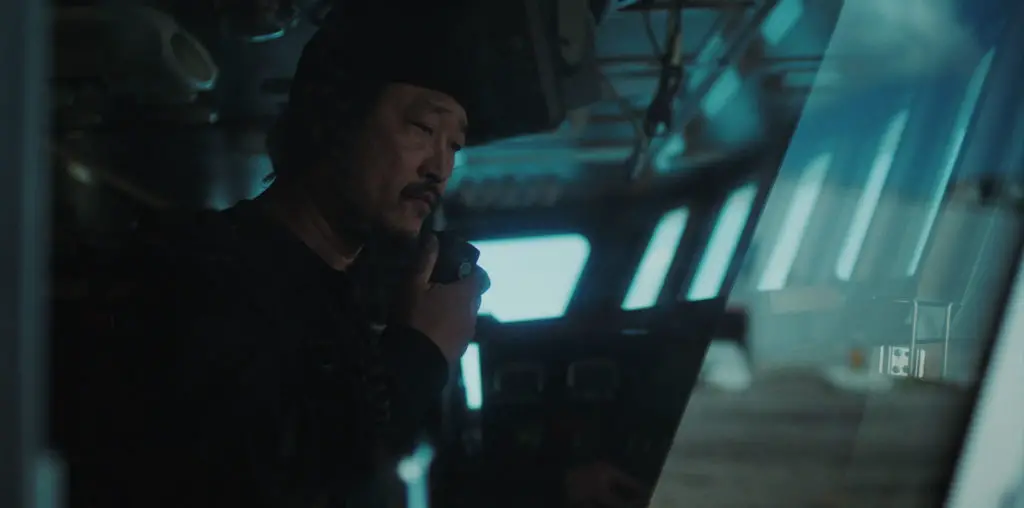
In the milieu of the biopic, the 1950s have been quite a breeding ground. The Eisenhower era became a vivid wasteland for writer/director Bill Condon to capture the aging director, James Whale, in the fictionalized, quietly triumphant “Gods and Monsters.” Condon later used the 1950s as a repressed backdrop for the revolutionary sexologist, Alfred Kinsey. The decade was prominent in 2005 alone, featured in film treatments of Johnny Cash/June Carter and Edward R. Murrow. As the 21st century shapes itself, future filmmakers – nostalgic, critical, or a blend of both – will continue our fascination with the era.
With so many 1950s figures on the big screen, why not move to the most “visual”? There’s something exceptional about a figure best known in still life: consider how we exalt the image of Marilyn Monroe. Though Roger Ebert argues that she “walked away with every movie” in which she appeared and had unparalleled sexual chemistry, to look upon one of her sensuous poses is to find her transcendent beyond the sexy charm of her film performances.
The iconic Bettie Page, who lives on as a photo model (aside from some stag reels), stands haughty with a brand of sexiness that survives only in such media. While all prominent figures deserve their due, the photogenic Page calls for especially strong representation. Not only should her film story avoid too sensational of a scenario (so very tempting), it must address the possibilities teeming in her photo collection. And the good news is that, in casting Gretchen Mol as the lead in “The Notorious Bettie Page,” co-writer/director Mary Harron (“I Shot Andy Warhol”) has presented a Page worthy of extending – and elevating – a legacy.
Without much help from a weak script, and barely in need of some carefully tuned cinematography, Mol fuels so much of the film that a handful of lackluster elements seem to work.
Beginning with a flashback scenario (too clichéd of a biopic device), “Notorious” follows with a controlled depiction of the young, southern-bred Page. A series of events highlight her life-changing experiences in youth and pre-stardom, which include abuse: one scene is in the harrowing territory of “Boys Don’t Cry” and “Monster.” Aside from a botched sequence on Page’s first marriage, the script walks in a standard rhythm here.
As we would imagine happening for the real-life star’s persona, Mol fully realizes her character when Page arrives to New York. Page wakes into existence as an underground model, where she enters shoots with innocence and a charisma that leaves on- and off-screen viewers entranced. Mol appears as comfortable (and stunning) during the photo shoots as she is during Page’s emotionally dynamic personal interactions. The star embodies her character so well that her performance seems too grand for the room this story provides.
Cleverly enough, Page first appears in a photo, taken from “under the counter” in a ‘50s adult magazine shop. This scene introduces a political angle in the form of a senate investigation. While the issue of censorship and decency allowed screenwriters Harron and Guinevere Turner to open up the story, the adventurous times of Page outshine any interest in the legal sensationalism and leave it tasting like bland filler.
Harron and Turner leave other elements undeveloped, including all the supporting characters, Page’s issues with her family, and a climax that regretfully mishandles Mol’s acumen. Thus, we exit with too clear a sense of the filmmakers’ flaws, but Mol’s nuanced character triumphs and can firmly situate itself in the milieu of Bettie Page.
